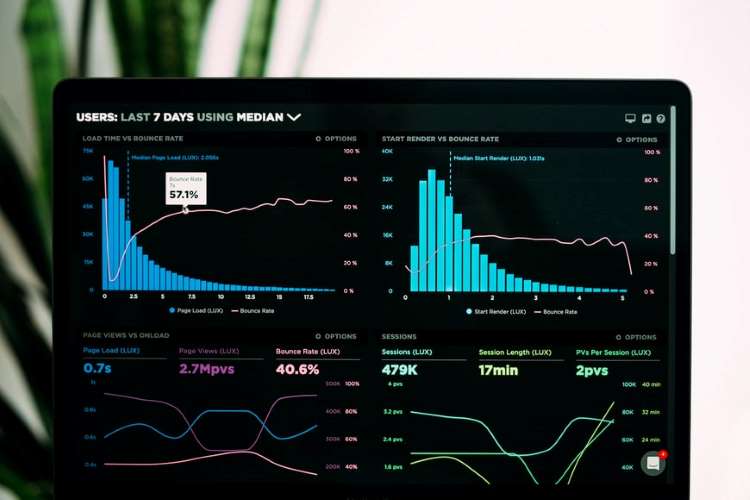
By Arvind Virmani
RBI Monetary Policy Committee meeting: The Indian economy is on track to grow at 10% +/-1 per cent as predicted by EGROW Foundation 9-12 months ago. The issue of logistics and supply chain disruptions has been resolved. The disruptions caused by the second wave of Covid-19 were well dealt with. The global supply chain and logistics disruption are much larger and more long lasting than anticipated because of Covid-19 related delays at ports as well as geo-political factors.
In 2022-23, the GDP growth will accelerate to 7-8% due to reforms since September 2020, boom in digitisation, and digitally provided services. Health, education, FinTech, and start-ups are autonomous drivers of demand.
The RBI monetary policy committee (MPC) should retain the accommodative stance, but at the same time watch out the asset prices. Focus of the government must change from monetary to fiscal. The shortage of coal and electricity pricing need to be watched and necessary actions should be taken. The pre-budget discussions are scheduled to start from October, where these issues will be discussed.
READ I RBI policy must keep rates unchanged, focus on sectoral support
RBI must focus on macro-level aspects
The macro level aspects need attention. Informal jobs have been affected with urban informal sector jobs experiencing a decline; ratio of agriculture to non-agriculture rural wages have been declining over the years and the pandemic has accelerated the process (half of informal, non-agro jobs are rural); private consumption demand recovery is slow and consumer confidence is low; and the corporate segment is developing well compared with MSMEs.
The negative impact of the GST and direct tax code is seen. The current average rate should be brought down. The MSMEs can be provided with level incentives in corporate income tax reforms. Tax rate of 15% for 3/4th of goods and services, exemption for 1/8th and average rate of 30% (including cess) for automobile sector, cigarettes and tobacco will result in cost and time savings for MSMEs as well as increase in sales and income.
READ I Looming trouble: Auditing and accounting professions face AI heat
Reducing average tariffs to 2018 level will stimulate labour-intensive exports like textiles, and MNC supply chains in engineering, electronics, machinery will strengthen. Boosting export growth will help India join the global supply chain. Energy pricing will see a stagflation.
The digital divide needs to be overcome by accelerating broadband connectivity of villages. The government must ensure 24×7 connectivity (including electricity) and empower private provision of e-commerce and e-services down to village level. It should provide internet-linked computers in every govt primary school, primary health centre and govt office and facilitate private provision of e-health, e-medicine, e-education, and e-skilling in every language and geography.
(Dr Arvind Virmani is Chairman, EGROW Foundation, a Noida-based think tank. He has served as India’s representative to the IMF in 2009 and as the Chief Economic Advisor to the government of India. This article is a reproduction of Mr Virmani’s comments at the shadow monetary policy committee, convened by EGROW Foundation.)
